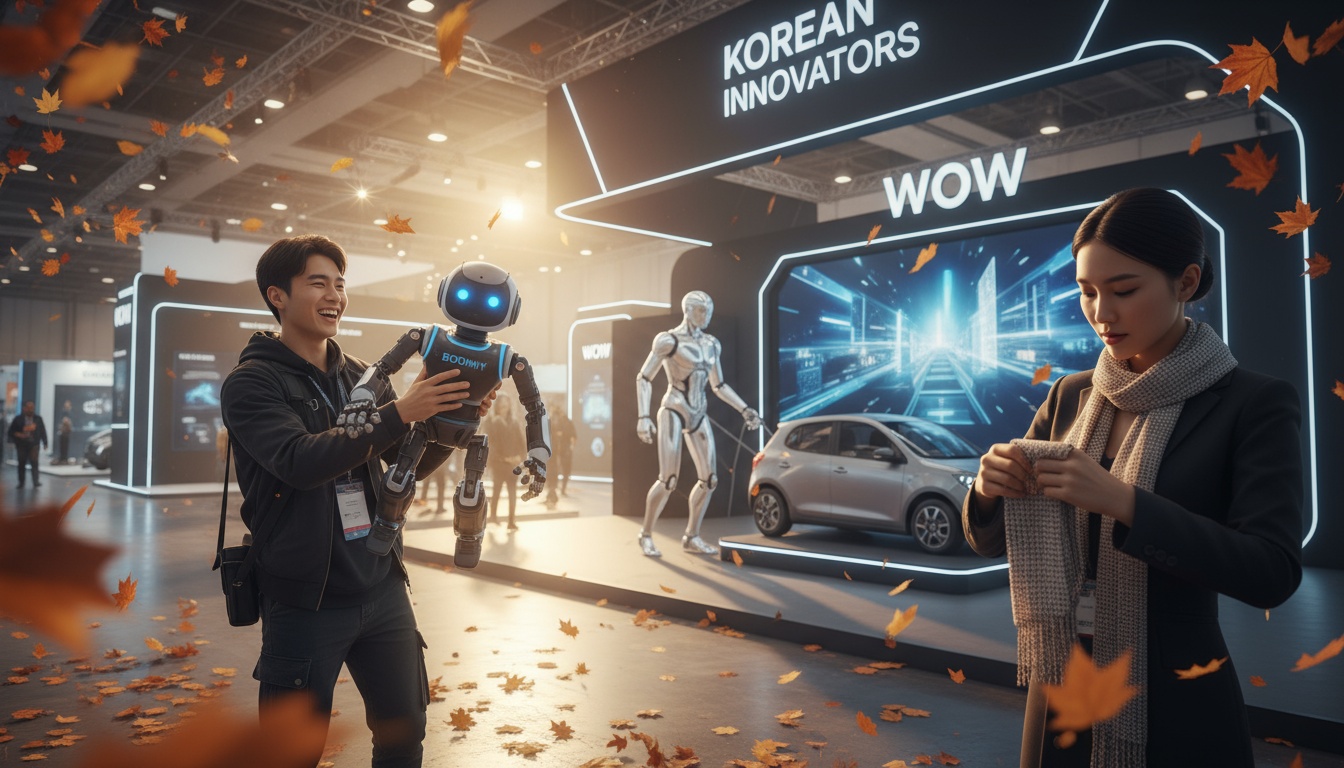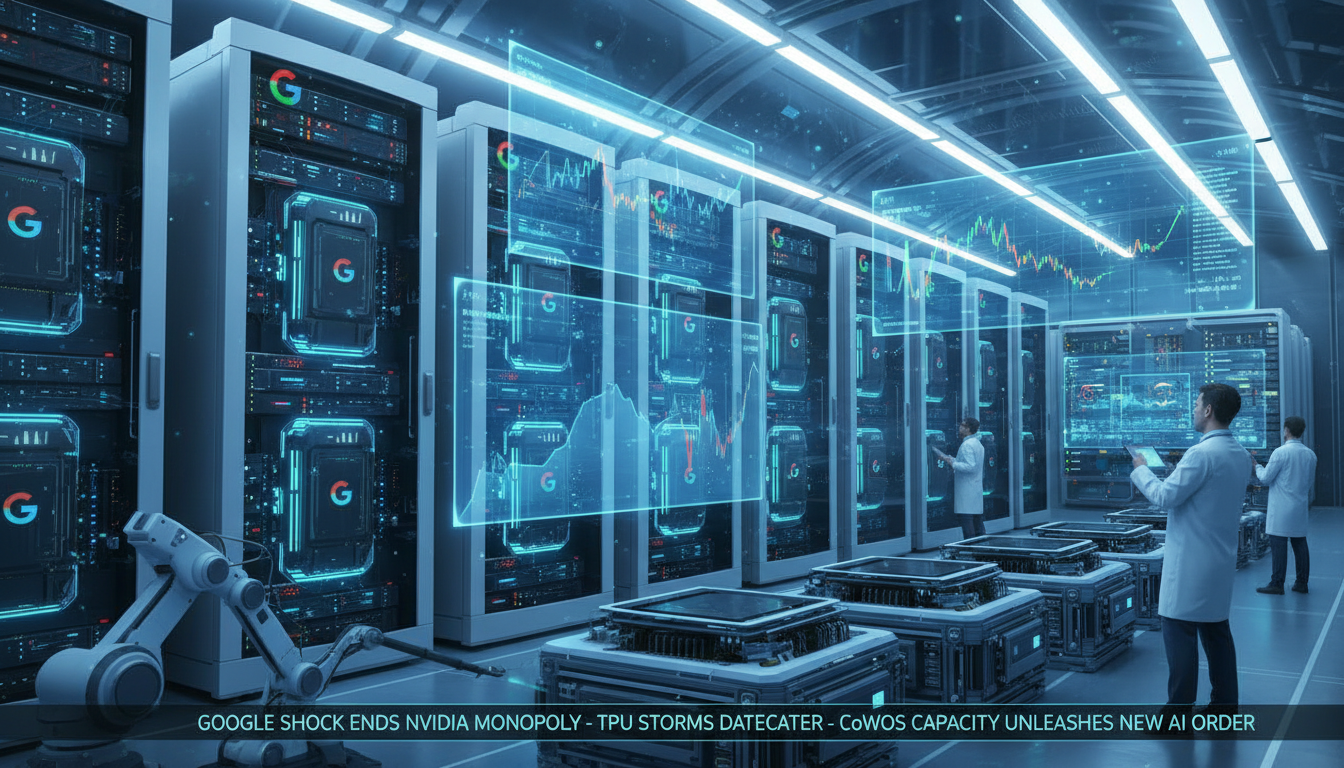● GITEX Unleashes Tech Warfare, AI Takes Center Stage
Professor Choi Jae-hong, Global Economic Outlook and AI-Centric Tech War in the Middle East Observed at GITEX
1. Expansion of GITEX Scale and Global Participation
GITEX, known as the Middle Eastern CES, was held this year at its largest scale ever.
The number of exhibiting companies increased by 1.23 times compared to last year, with over 6,500 companies and 200,000 visitors attending.
With the presence of major Chinese corporations like Huawei and Alibaba, as well as big tech companies from the United States such as Microsoft and Oracle, significant repercussions for the economic outlook in the Middle East are anticipated.
This phenomenon directly illustrates the impact of the Fourth Industrial Revolution and AI trends across the globe.
2. Middle Eastern Market’s Acceptance of Technology Focused on Practicality and Applicability
Middle Eastern consumers prefer ‘practical’ technology over simply the ‘best in the world.’
In other words, rather than just cutting-edge technology or innovation for its own sake, how that technology can be applied to life in the Middle East is key.
There is a high interest in AI applications and solutions that can directly contribute to daily life, in cooperation with government agencies on mobility, cybersecurity, and blockchain.
3. Aggressive Entry of Chinese and American Big Tech and its Background
Chinese major companies noticeably occupy a significant presence in the Middle East.
These companies exert strong influence in the market through practical improvements utilizing existing networks and infrastructures (e.g., gradual upgrades from 5G to 5.5G).
Meanwhile, American big techs, including Microsoft and Oracle, are also participating by showcasing advanced Fourth Industrial Revolution technologies and solidifying their positions.
4. Opportunities for Korean Startups to Target Niche Markets
Meanwhile, Korean startups are standing out more than larger Korean corporations in the Middle Eastern market.
Startups leverage their agility and provision of practical solutions as a weapon to gain the trust of Middle Eastern partners through Proof of Concept (POC).
Middle Eastern consumers prefer technology and services that can be directly applicable to their lives, rather than simply the “best in the world.”
This aspect presents a significant opportunity for Korean startups to deploy tailored strategies that align with global economic outlooks and AI trends.
5. Strategies for Entering the Middle East Market and Tips for Establishing Successful Partnerships
Companies looking to enter the Middle Eastern market should prioritize consistent communication rather than hasty entries.
From observations on-site, it is crucial to:
• Prove the effectiveness of solutions through small-scale pilot projects or POCs, and
• Build trust based on close cooperation with local government agencies (e.g., Dubai Chamber).
This approach, emphasizing long-term partnerships and collaboration over mere investment attraction, is a strategy that can lead to sustainable growth in the Middle Eastern market.
6. Exclusive Insights not Covered in the Media
• Middle Eastern consumers demand not just technological innovation but ‘practical’ technology that can provide immediate benefits to their daily lives.
• Chinese companies are dominating the Middle Eastern market through gradual growth leveraging existing infrastructures and networks, rather than short-term innovations at exhibitions.
• Korean startups have already gained recognition for their technological capabilities and execution through various POCs and collaborations, providing significant competitiveness in the global economic outlook and the Fourth Industrial Revolution era.
• To succeed in the continuing expansion of the Middle Eastern market, it is essential to focus on building trust with local partners and providing practical solutions, rather than competing on technology alone.
[Related Articles…]Global AI Strategy Outlook | Startup Innovation Trends
*Source: [ 티타임즈TV ]
– “중국이 왜 이리 많지?” 중동판 CES 자이텍스(GITEX) 디브리핑 (최재홍 교수)
● China’s AI Robots Revolution WOW, Boommy, G1 Transforming Global Economy
A New Era of Innovation in Chinese AI Robots: The Future of the Global Economy and the Fourth Industrial Revolution as Demonstrated by WOW, Boommy, and G1
The Evolution of AI and Robotics in China
In China, robots that can learn and evolve on their own are emerging, moving beyond simple imitation.
The new AI system WOW is a self-evolving world model equipped with human-like physical intuition, designed for robots to repeat the processes of ‘imagination’, ‘verification’, and ‘self-correction’.
This system was jointly developed by the Beijing Humanoid Robot Innovation Center, Peking University, and Hong Kong University of Science and Technology, representing a significant advancement in AI trends during the digital innovation era and economic outlook.
Key Technologies and Implementation Methods
WOW is a generative model with 14 billion parameters, capable of actively interacting with the environment and learning physical causal relationships rather than merely observing its surroundings.
By applying the ‘Sophia Paradigm’, which integrates large language models with diffusion transformers, robots predict actions, verify outcomes, and improve through a feedback loop, forming intuition similar to that of humans.
These technological advancements could greatly influence key economic concepts such as economic outlook, digital innovation, artificial intelligence, technological development, and robotics in the context of the global economy and the Fourth Industrial Revolution.
Low-Cost Robots Entering Education and Homes: Boommy
The Chinese startup Noetix Robotics has released the compact humanoid robot Boommy, available for purchase at just $1,370 (less than 10,000 won).
Designed for use in homes or classrooms, Boommy can walk, converse, and even dance, performing basic movements with ease.
Thanks to its affordable price and user-friendly design, it is garnering attention as a solution to the cost-effectiveness and popularization issues within the traditional high-cost robot market, creating a new wave in the global economy.
Power that Overcomes Extreme Physical Challenges: Unitree G1
Researchers from the Beijing Academy of Artificial Intelligence demonstrated the extreme balancing and dynamic control capabilities of Unitree’s G1 robot by pulling a 1,400 kg vehicle.
Despite weighing only about 35 kg, the G1 showed the ability to operate under loads up to 40 times its body weight in real driving environments.
This performance could be utilized in sectors like mobility, warehouse management, and factory automation, indicating a pivotal change in robotics that will play an increasingly vital role in everyday life and industrial settings within the global economy and AI trends.
Key Points and Special Aspects for Readers to Note
The latest robot technologies from China focus on mimicking human thought and physical intuition beyond mere movement.
Through WOW, robots learn to predict and correct themselves, enabling them to perform tasks more naturally and efficiently.
Boommy targets the personal and educational markets with its low price, forecasting the popularization of robots and a new paradigm in the Fourth Industrial Revolution.
G1’s robust physical control capabilities allow it to perform complex tasks that traditional machinery cannot, opening new application fields for robotics.
From the perspectives of economic outlook, digital innovation, artificial intelligence, technological development, and robotics, these changes hold significant implications for our daily lives and the wider global economy.
[Related Articles…]Global Robot Technology Trends
Latest Trends in AI
*Source: [ AI Revolution ]
– China Just Dropped Self-Evolving AI Robots With Real Human Physical Intuition
● Revolutionary AI Robot Transforms Daily Life, Boosts Economy
The Economic Outlook and Innovations of the Neo (Neo) Home AI Robot in the Fourth Industrial Revolution – Key Points You Must Know!
Core Features and Technological Characteristics of Neo Robot
Recently, 1x Tech’s Neo (Neo) humanoid robot has caused a powerful wave in the AI industry.
This robot integrates artificial intelligence (AI technology) and innovation to perform various tasks in daily life, and its autonomy and human-friendly design herald a new change in the global economy and economic outlook.
Neo continuously learns through reinforcement learning and human demonstrations, automating specific tasks such as cleaning, folding laundry, and moving items.
In particular, the combination of artificial intelligence and robotics allows it to analyze real-world data and receive feedback, establishing it as a crucial pillar of the Fourth Industrial Revolution.
Safety and User-Centric Design
The Neo robot is designed with safety as a top priority.
Its soft appearance, quiet motor, and low energy consumption ensure safe operation at home, providing users with a friendly interface.
Notable design elements include a machine-washable knit suit, customized head, and shoe designs.
This user-centered design philosophy plays a key role in building trust within the economic outlook and innovative industries.
Autonomy and Collaboration Modes, and AI Companion Role
Neo is equipped with full autonomy mode and AI companion mode, allowing users to control it easily anytime and anywhere through a mobile app and voice commands.
The autonomy mode, based on Redwood AI, performs complex multi-step tasks and can adapt flexibly to new situations.
Additionally, the AI companion mode is designed to recognize the user’s voice, gestures, and emotions to engage in friendly conversations and provide necessary assistance.
These features are evaluated as core technologies that positively impact actual economic innovations and global economic changes, extending beyond mere household assistance.
Privacy Protection, Remote Control, and Cost Efficiency
The Neo robot offers remote expert control features but clearly informs users about potential privacy issues, allowing them to approve sessions individually.
When using expert mode, Neo’s emotive elements are activated, making it easy to recognize that it is currently in remote control mode.
Furthermore, the initial cost is around $20,000, establishing a competitive price point, while continuous updates and feature expansions are available through a monthly subscription (approximately $499).
This cost efficiency and privacy protection policy act as significant competitive elements in the global economy and the innovative AI industry.
The Connection Between Future Economic Outlook and AI Innovation
The Neo robot symbolizes a future where human-AI interactions are deeply integrated into everyday life, going beyond being just a household assistant.
Autonomous driving, reinforcement learning, and onboard AI processing capabilities are core technologies of the Fourth Industrial Revolution and will significantly impact the global economic outlook and technological innovation.
In particular, the real-time data collected by each Neo robot will contribute to enhancing the overall performance of the AI network, creating positive synergies for technological advancement and economic development.
This innovation is expected to contribute not only to the robotics field but also to increasing productivity, reducing costs, and creating new markets across the entire economy.
The Neo humanoid robot provides safe and autonomous household and lifestyle assistance services through AI technology and innovative design. Learning on its own based on reinforcement learning and Redwood AI, it plays a central role in the economic outlook and global economic innovations with a user-centered interface and remote expert control features. Improvements in privacy protection and cost efficiency also cast it as a key technology in AI and the Fourth Industrial Revolution.
[Related articles…]
- The Future of AI Robot Innovation and Economic Impact
- Global Economic Changes Brought by Autonomous AI Technology
*Source: [ TheAIGRID ]
– The NEO Humanoid Robot Just Stunned The AI Industry (1x Tech NEO Humanoid Robot)



